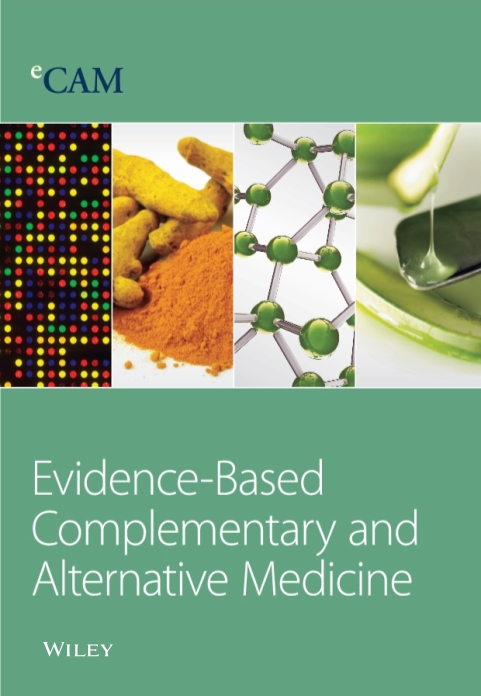坐姿和仰卧姿势对舌头图像分析系统测量的舌头颜色的影响及其与生物统计学信息的关系
4区 医学
Q2 Medicine
Evidence-based Complementary and Alternative Medicine
Pub Date : 2024-03-23
DOI:10.1155/2024/1209853
引用次数: 0
摘要
舌诊是日本传统医学中重要的诊断方法之一,通过舌头的颜色和形状来判断患者的体质和全身症状。舌诊是在患者坐位或仰卧位时进行的,但这两种不同体位下的舌色差异尚未得到分析。我们开发了舌头图像分析系统(TIAS),该系统可通过捕捉坐位和仰卧位的舌头图像来量化舌头颜色。我们分析了两种不同体位对舌头颜色的影响。通过使用 TIAS 拍摄 18 名患者在两种不同体位下的舌头图像,对舌头颜色进行了量化。CIEDE 2000 色差方程(ΔE00)用于评估两种不同体位下舌头颜色的差异。还确定了 ΔE00、身体特征和实验室测试值之间的相关性。18 名患者的 ΔE00 平均值和中位数分别为 2.85 和 2.34。其中 77.8% 的患者的 ΔE00 为 4.1。ΔE00与收缩压和空腹血浆葡萄糖呈弱正相关。约 80% 患者的舌色在坐位和仰卧位之间没有变化。这表明,即使医务人员在两种不同体位下进行舌诊,舌色的诊断结果也是可信的。本文章由计算机程序翻译,如有差异,请以英文原文为准。
Effects of Sitting and Supine Positions on Tongue Color as Measured by Tongue Image Analyzing System and Its Relation to Biometric Information
Tongue diagnosis is one of the important diagnostic methods in Kampo (traditional Japanese) medicine, in which the color and shape of the tongue are used to determine the patient’s constitution and systemic symptoms. Tongue diagnosis is performed with the patient in the sitting or supine positions; however, the differences in tongue color in these two different positions have not been analyzed. We developed tongue image analyzing system (TIAS), which can quantify tongue color by capturing tongue images in the sitting and supine positions. We analyzed the effects on tongue color in two different body positions. Tongue color was quantified as from tongue images of 18 patients in two different body positions by taking images with TIAS. The CIEDE 2000 color difference equation (ΔE00) was used to assess the difference in tongue color in two different body positions. Correlations were also determined between ΔE00, physical characteristics, and laboratory test values. The mean and median ΔE00 for 18 patients were 2.85 and 2.34, respectively. Of these patients, 77.8% had a ΔE00 < 4.1. A weak positive correlation was obtained between ΔE00 and systolic blood pressure and fasting plasma glucose. Approximately 80% of patients’ tongue color did not change between the sitting and supine positions. This indicates that the diagnostic results of tongue color are trustworthy even if medical professionals perform tongue diagnosis in two different body positions.
求助全文
通过发布文献求助,成功后即可免费获取论文全文。
去求助
来源期刊
自引率
0.00%
发文量
1983
审稿时长
2.2 months
期刊介绍:
Evidence-Based Complementary and Alternative Medicine (eCAM) is an international, peer-reviewed journal that seeks to understand the sources and to encourage rigorous research in this new, yet ancient world of complementary and alternative medicine.
The journal seeks to apply scientific rigor to the study of complementary and alternative medicine (CAM) modalities, particularly traditional Asian healing systems. eCAM emphasizes health outcome, while documenting biological mechanisms of action. The journal is devoted to the advancement of science in the field of basic research, clinical studies, methodology or scientific theory in diverse areas of Biomedical Sciences. The journal does not consider articles on homeopathy.

 求助内容:
求助内容: 应助结果提醒方式:
应助结果提醒方式:


